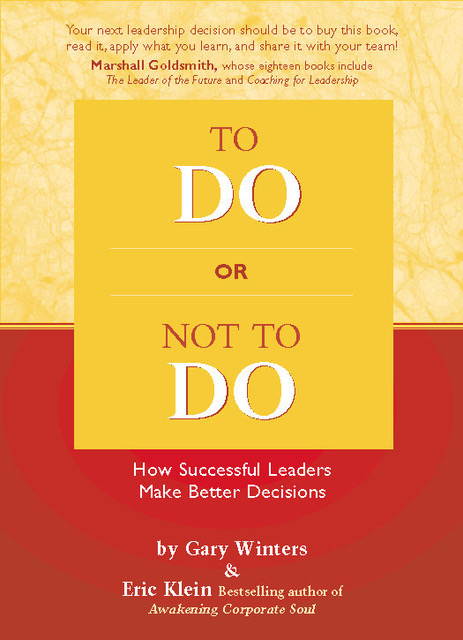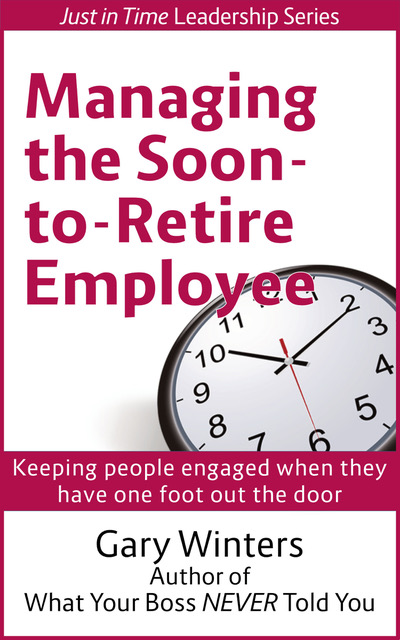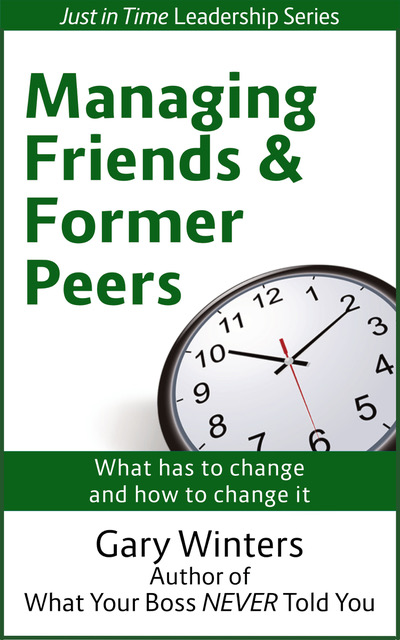In yesterday’s post Teamwork or Guesswork, I discussed the differences between teamwork and guesswork.
While fostering teamwork isn’t automatic or easy, it is possible to create conditions where people will rally around a goal, work cooperatively and efficiently to accomplish that goal, and achieve far better results than any other method could yield. Leaders who want the best return on investment for their teaming strategies are those who:
- Thoroughly understand the dynamics of teams in organizations, including how and when to choose a team as the means to accomplish a particular goal, how to choose team leaders and team members, and how to include teamwork in their performance management system.
- Invest in the continuing development of their team leadership skills.
The Three Ps of Effective Team Leaders
Preparing a team
- Assembling the right players
- Clarifying the expectations of the team sponsor
- Drafting a team charter which sets the boundaries, includes a team mission and vision, clarifies team roles, and establishes linkages in the organization
- Securing support and resources
Processing on-going teamwork
- Building trust and commitment
- Establishing and maintaining the “rules of engagement”
- Facilitating effective meetings
- Making appropriate process interventions
- Fostering team-based decisions
- Recording and communicating action plans
Performing as a team
- Establishing a project plan
- Achieving milestones and targets
- “Moving the ball” between meetings
- Providing on-going performance feedback
- Rewarding individual and team performance
- Disbanding the team while capturing the lessons learned
What’s More, Good Teamwork Costs Nothing
Leaving teamwork to guesswork may be common practice in organizations, but it is not common sense. The costs of guesswork are staggering, whereas the time and financial resources invested developing team leaders will produce a handsome reward on the bottom line of the organization. The greatest irony for team-based organizations may be that team training costs nothing as teams begin producing substantially better results, in less time, while increasing employee morale and retention.







